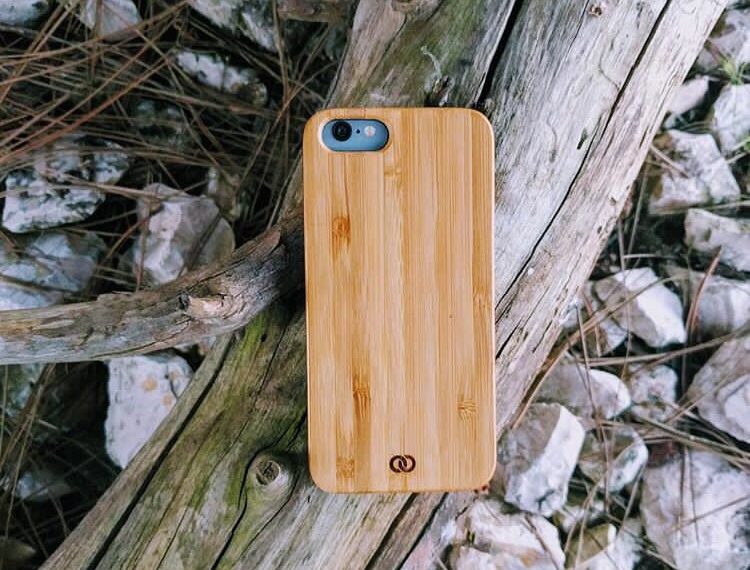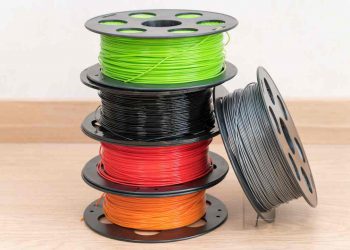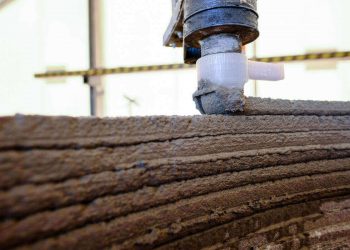The ability to create objects, whether utilitarian, artistic or a mix between the two, to exact personal specifications is a powerful prospect indeed. One such overlap between utility, art and personalization is of course, phone cases.
Disclosure: This post contain affiliate links, we may earn advertising commissions for sharing products we know and love.
Below we are looking at the compatibility of various filaments for the purpose of making phone case, as well as some post processing tips for making a beautiful phone case.
Sought after properties for phone cases
The primary choice a user would have to make with regard to what material to use depends upon the kind of 3D printed phone case he or she wants. That is, whether they:
- want a hard phone case
- a soft phone case
- and also, whether the primary focus is decorativeness or durability
Filaments for 3D printing hard phone cases
1. PLA
For many, PLA may be the de facto choice simply based on the fact that, standard PLA is without a doubt the easiest and most forgiving of all filaments to print with.
That being said, PLA is not a very durable material. Even disregarding its venerability to UV degradation and its affinity for melting in direct sunlight, the fact remains that when PLA is used in thin layered 3D prints, as it would be for any phone case, the resulting 3D printed objects tend to be prone to breaking. Especially if subject to impact from, say, a fall to the floor from chest height.
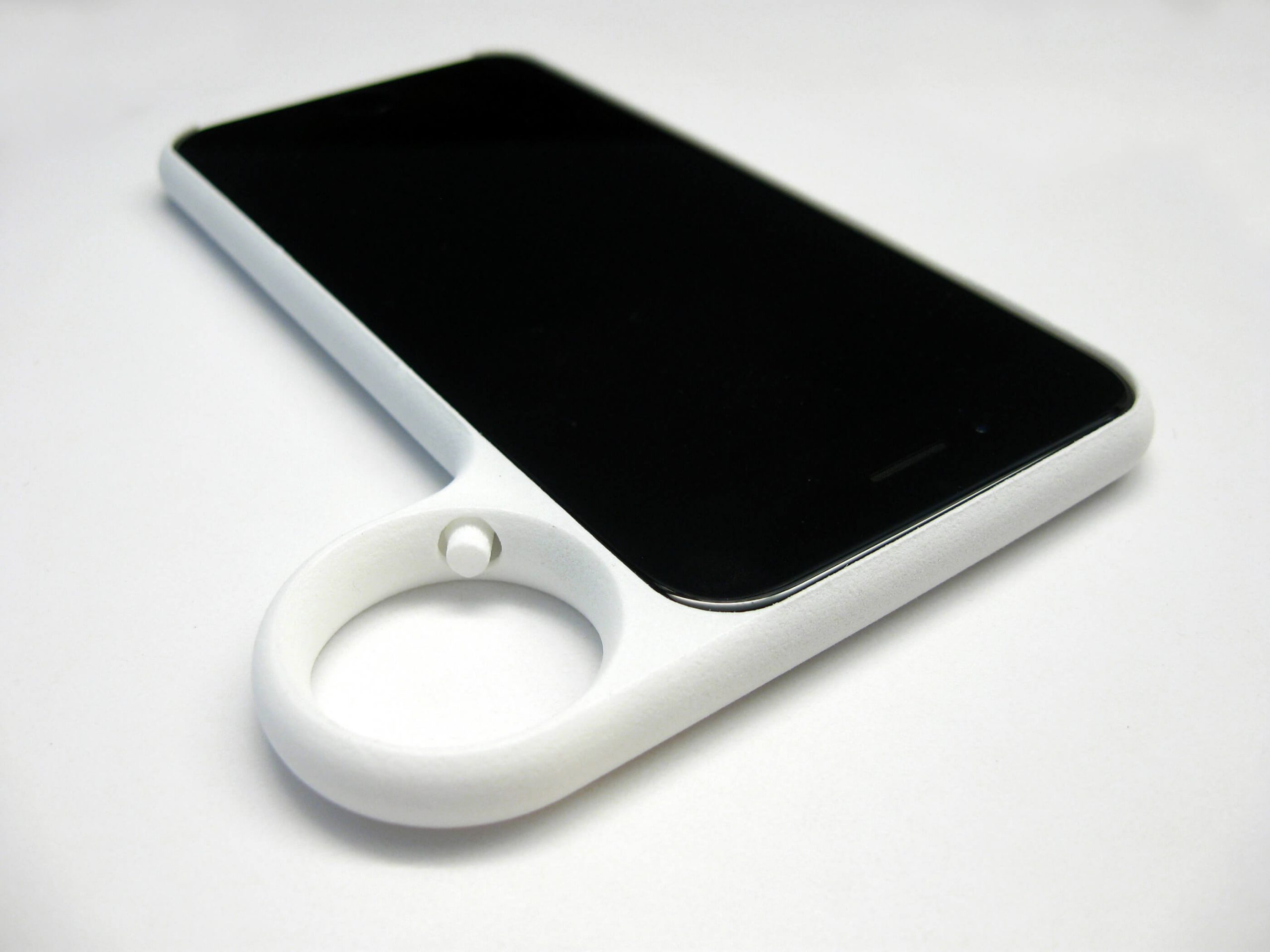
Where PLA excels, however, is the variety of aesthetics that it offers. PLA is available in numerous colors, as well as wood, metal, clay, ceramic or even stone textures. Few would argue over just how amazing a custom-designed case could turn out with so many aesthetics to choose from. Some considerations should be made to ensure the phone remains scratch free inside a case made with an abrasive filament like stone, metal or ceramic.
Having said all that, just about any PLA filament will work when it comes to phone cases. I’ve had the most success with the Hatchbox PLA filament when printing phone cases. It’s not great in terms of durability, as mentioned above. But it is far better than nothing at all.
2. ABS
The vows of printing with ABS are well-documented. But despite its difficult-to-work-with nature, the fact remains that ABS is a very reliable plastic.
For 3D printing hard phone cases, ABS provide the structural rigidity and modest impact resistance that most users can live with. ABS can also be subject to more thorough post-processing including sanding, weld-bonding (for decorative or utilitarian additions) and a host of other more demanding post-processing routines that PLA is too delicate for.
3. PETG
PETG possesses almost all of the advantages of ABS, without inheriting its environmentally hazardous nature. While PETG is also a bit trickier than PLA to 3D print with, the sheer variety of PETG filaments, including transparent filament, means that for a hard case, PETG provides a wide variety of personalization possibilities exceeded only by PLA.
Additionally, PETG is naturally resistant to UV degradation, so even if you accidentally leave your phone on the car dashboard out in the summer sun, the case won’t warp or distort into an unsightly mess.
PETG will generally be amongst the best filament go with for printing phone cases at home. It is much easier to print with compared to ABS and others, while also having relatively high tensile strengths. The PETG filament we like use in that case is Solutech Real White PETG and the Polymaker PolyLite clear PETG filament.
4. NYLON
Nylon is arguably one of the toughest and most durable filaments available for 3D printers. The great thing about Nylon is that not only is it outright tough in terms of rigidity, but unlike most other 3D printing filaments, Nylon is perhaps the only plastic that exhibits visible plasticity even after 3D printing.
Nylon has high impact resistance. In addition, Nylon also provides some flex to the hard case, which could mean the difference between a shattered case that could potentially damage the phone itself, and one that has only a slight bump around a corner of the case.
Color choice for Nylon filaments has increased quite a bit over the years. It is still sparse when compared to other more popularly available filaments. But as far as durability goes with a hard phone case, Nylon is arguably the best option.
A good nylon filament is Filabot’s Taulman Bridge Filament. For those who don’t mind spending a little extra for a more quality filament, go with the Hatchbox Nylon filament.
5. POLYCARBONATE
When it comes to durability, polycarbonate is the only filament that gives even Nylon a thorough run for its money. Forget hard cases, polycarbonate is frequently used to manufacture the shell, bodies as well as frames of many phones on the market.
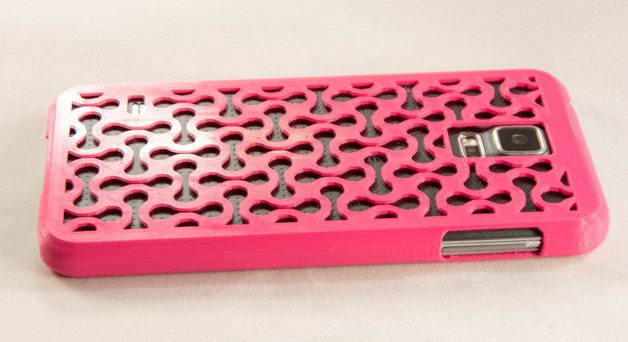
Successfully 3D printing polycarbonate is not easy. Especially on a less reliable 3D printer. When done right, there is simply no contest for the toughness, impact resistance, as well as sheer strength of the final part.
Polycarbonate tends to impart a glossy exterior aesthetic. This can either be enhanced or dulled during post-processing. Colorful polycarbonate filaments also tend to look “glazed” and really pop, which may or may not be the look you are going for.
Filaments for 3D printing soft phone cases
1. TPU
Thermoplastic Polyurethane (TPU) is the same material that commercially available soft cases for phones are made from. TPU has a Shore A hardness of around 94-95A, which makes it a durable rubbery material. TPU can be difficult to print with, but with the right set-up, it can produce commercial-grade phone cases.
Aesthetically, TPU has a matte rubbery appearance and feel. The colors usually tend to have a pastel quality. For soft cases, TPU tends to offer a balance between stiffness and flexibility.
2. SOFT PLA
Soft PLA is a composite PLA filament with a Shore A hardness of around 91-92A. This makes the material softer than standard-grade TPU, but only fractionally so. Unlike TPU however, soft PLA is engineered to be printable on almost the same set-up as standard PLA.
Soft cases made from Soft PLA tend to chiefly be similar to their TPU counterparts, but as a downside, they also possess the standard shortcomings that come with using PLA except the brittleness obviously.
3. TPE COPOLYAMIDE (PCTPE)
PCTPE is a relatively new composite that offers the flex and rubber-like properties of TPE, with the benefits of Nylon for structural strength and durability. This filament is not as soft as normal TPE, but for soft cases, it is amazingly strong while still being soft and flexible.
PCTPE is a high-performance filament and is intended for suitably high-performance applications. It falls in the premium price bracket for filaments. But for soft cases, there is absolutely nothing that can beat PCTPE in terms of durability and strength.
Filaments for hybrid cases
Soft and hard cases are great but, a single look at the phone case market would make it clear that premium phone cases are made from a combination of materials of varying hardness. Not to mention the use of soft-touch materials such as synthetic fabrics to further enhance the rich feeling of the case.
A newer and lesser known filament with both hardness and flexibility that works marvelously for phone cases is Polypropylene (PP) filament . The most notable characteristic of PP is its incredibly high impact strength. Phone cases produce with this material will be indescribable in terms of durability against impact.
While the use of synthetic linings in phone cases fall strictly in the realm of post-processing, it is entirely possible to create hybrid phone cases that possess a soft, squishy inner-lining that is in turn protected and covered with a hard, impact resistant durable outer shell.
One way to achieve this goal is via a double extrusion 3D printer.
Double-extrusion 3D printers can be used to combine a hard outer-shell, with a soft inner lining to ensure that the phone sits snugly in a rubber-like enclosure, while it is protected with the sturdiness and structural integrity of something like Nylon or Polycarbonate or even a re-enforced composite filament. Alternatively, one could also opt for a highly decorative outer shell, by using a textured bamboo-fill filament for example.
Apart from this obvious use, phone cases with different materials for the corners than the rest of the case may also be used. Due to the laws of probability, the very large majority of dropped phones tend to land on one of their four corners first. By using a tougher corner material, one could potentially save one’s brand new $1,000 device from shattering by merely some clever 3D printing magic.
How to 3D print phone cases and post-processing
One of the hallmarks of 3D printing is the sheer creativity that it allows 3D printer users to unleash. From crafting minutely detailed phone cases, scaled down versions of endearing monuments, to 3D printing everyday household items like phone docks, holders, jigs or brackets—there really is no limit to the possibilities.
Regardless of whether you are printing a soft or hard case, it should be noted that there would always be a minimal amount of post-processing involved to ensure that you end up with a finished case on your phone and not just a straight-of-the-bed plastic snap-on.
For hard cases, especially if you are using a harder material such as Nylon or PC, then it would be best to:
- Print the case with smaller hole sizes or cut-outs for the ports, as the thin surrounding bridges or walls could be prone to warping.
- Use a rotary drill to make the cut-outs and holes as big as needed.
- Sand or file off any stray extruded plastic from the edges, and make sure the inside of the case is nice and even for the phone to sit in.
- Apply a coat of protectant spray or epoxy to enhance the toughness and also to protect any of the decorative features of the case.
- If you really want to bring your phone case up a notch to look like the cases from the store, you can hydro dip it in your favorite pattern or graphic art. You can find hydro dipping kits online for relatively cheap.
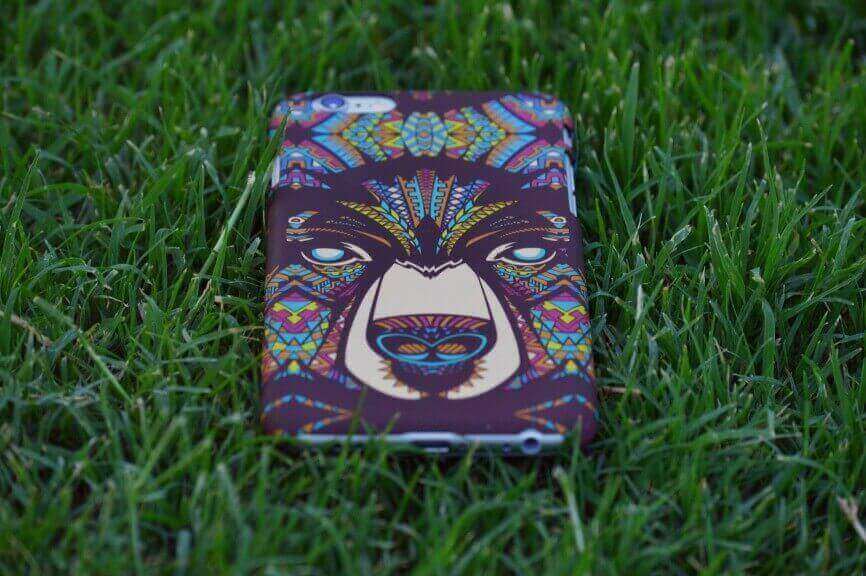
For soft cases:
- Use a heat-gun to remove any unwanted stringing.
- Ensure that the case fits on the phone and does not let the phone slip out easily.
- If the phone is slightly loose in the case, then some silicone lining glued to the inside would save the trouble of re-printing.
- It is better to always somehow laminate the decorations, as soft cases tend to slightly morph with wear and tear over time.



